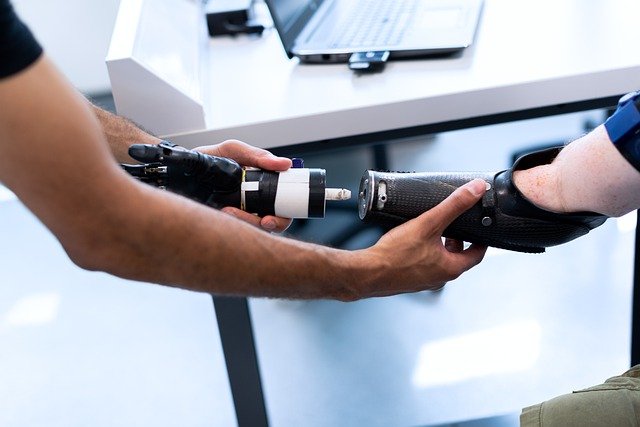Can you get SSDI and SSI at the same time?
In short, yes, you can receive both Supplemental Security Income (SSI) and Social Security Disability Insurance (SSDI) benefits at the same time, and are commonly referred to as “concurrent benefits.”
If you worked long enough and recently enough at jobs covered by Social Security and have a medical condition that meets Social Security’s definition of disability, then you may qualify to receive monthly benefits if you have been unable to work for a year or more due to a disability.
To receive these benefits, the beneficiary must have a total disability, not a short-term or partial disability. If you find it difficult to adjust to other work because of your disability, and it is expected to last a long time or possibly result in death, then you should consider speaking to a social security lawyer in Los Angeles about your future.
Can I receive more money with SSDI than SSI?
Yes. This is one of the primary reasons why individuals who cannot work and who are disabled apply for both. However, they cannot earn more than the FBR. The income limit for SSI is based on the federal benefit rate (FBR). For the year 2021, the FDR is $794 a month for individuals and $1191 a month for couples.
Qualifying for SSI
SSI is need-based or income-based. Where it gets tricky for people, and the reason why it is important to speak with a Los Angeles Social Security attorney is the fact that there are strict limits on the amount of income and assets that a person can have to be eligible for SSI. To qualify as an individual, an applicant can have no more than $2,000 in assets. Couples may have no more than $3,000 in assets. Financial resources used to calculate your limit include anything that can be liquidated to pay for food and shelter.
Hiring A Social Security Attorney
Applying for SSDI and SSI benefits is a complex process. An attorney will ensure that you’ve reported everything you need to, including all financial resources, to thoroughly complete your application. You will need to file an application that includes the alleged date of onset of your disability or the day that you stopped working. For instance, if you are wondering if is asthma a disability, it’s important to provide thorough documentation of how it impacts your daily life and ability to work. After you file your SSI and SSDI benefits application and are approved, you’ll find out how much you will receive per month and become eligible for Medicaid.
Ensuring Your Application Is Correct And Complete
The leading reason why applications for SSDI and SSI benefits get denied is that the applicant either sent in the wrong application, by the wrong deadline or otherwise filled it out incorrectly. The forms may seem straightforward, but knowing what you’re eligible for is best evaluated on a case-by-case basis.
Qualifying Factors
Whether or not you qualify and how much in SSDI benefits payments you are receiving is based on whether or not you meet minimum health eligibility requirements as well as have accrued enough work credits from your employment history. Conditions that qualify for SSDI include:
- Musculoskeletal problems
- Vision and hearing loss
- Respiratory illnesses including cystic fibrosis
- Immune system disorders including HIV/AIDS, kidney disease, and lupus
- Mental disorders
- Blood disorders, such as sickle cell anemia
- Neurological disorders, including Parkinson’s disease

